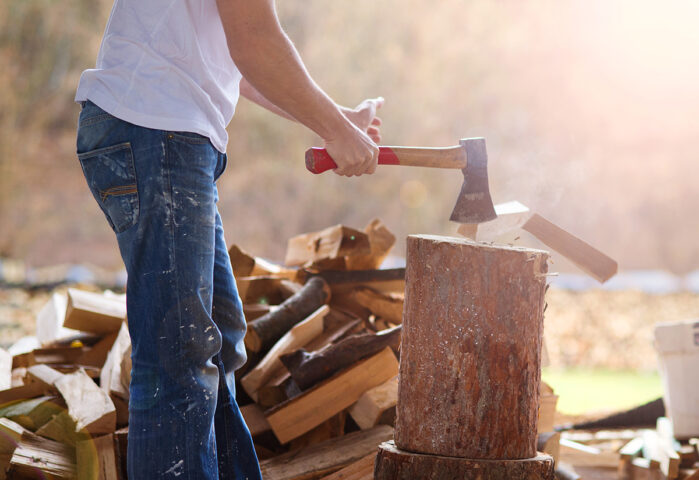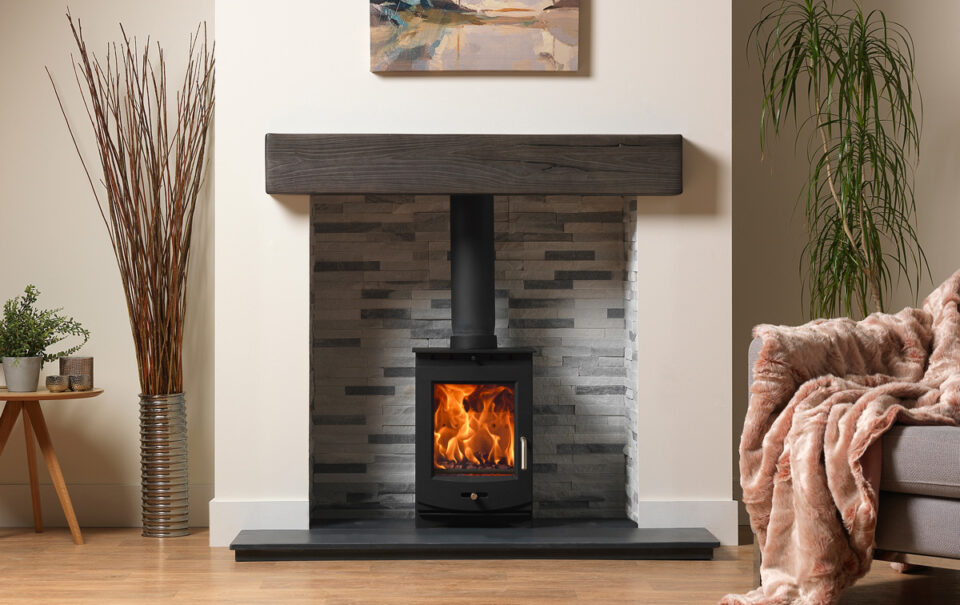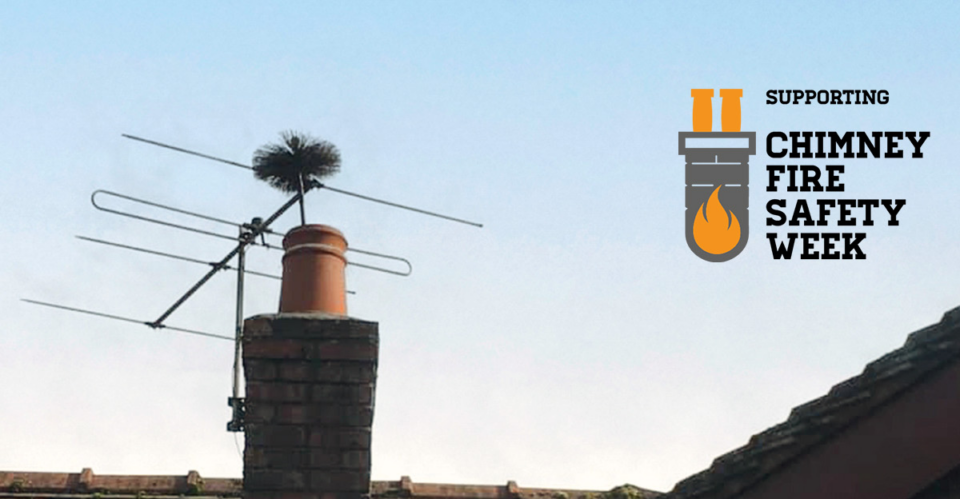Watch our video to see how to install a screw type suspending cowl in less than a minute!
May 23, 2023
What is a Flue Liner? Do you need one?
August 25, 2023Whilst summer is the ideal time to enjoy the great outdoors and with the recent high temperatures, thoughts of winter are likely to be far from your mind. However, being prepared for the colder months ahead is extremely important, especially for those with wood burning stoves.
The summer months are the ideal time to stock up on wood, make sure you are storing it correctly, book in an annual chimney sweep and service and undertake all the essential maintenance checks to make the most of your wood burning or multi fuel heating system. Keeping up with regular maintenance will aid the longevity and efficiency of your appliance.
Top tips to maintain your stove while it is not in use
- Rope seals: Checking your door rope seals is essential routine maintenance of your stove and making sure these are intact is vital to the continued performance of your appliance. They form an airtight seal around the fire door to prevent combustion air from being drawn into the firebox. If this happens, you will have difficulty controlling the fire and burn through fuel much quicker.
- Firebricks: Overtime these can show signs of wear and tear so may need replacing or repair to maintain optimal efficiency and safety. Firebricks come in various shapes, sizes and materials and can crack over time. If you see hairline cracks in your firebrick, you can continue to use your stove without replacing it. If you notice the firebrick begin to move with larger cracks or start to crumble then you will need a replacement. A regular annual service carried out by a professional will identify any remedial works needed.
- Book a sweep: Schedule a professional chimney sweep and stove service to remove any build up and ensure your stove works as efficiently as possible. A clean and clear chimney promotes sufficient ventilation and reduces the risk of chimney fires. You can search on the HETAS website to find a registered business close to your postcode.
- Remove stove ash: Hot and cooling ashes can be a fire and carbon monoxide hazard. Make sure that you leave sufficient time after a fire to let the ash cool and keep the door to the stove closed. Ensure that all disposing of ash is done so with the correct equipment, such as safety gloves. Use a galvanised steel or metal ash can or bucket that can be sealed to collect all the unwanted ash. There are many uses for fully cooled wood stove ash in the garden, visit the RHS website to find out more.
- Clean your glass: To keep your glass clear, use a cleaning pad specifically made for stove glass and wipe away any residue until the glass clears. Alternatively, scrunched-up newspaper is an old technique that has been used for many years. Dip the paper in water and cool stove ash, then scrub gently until the glass clears. Wipe away any residue with a clean damp cloth. But remember to be careful to not scratch your stove glass with any large remnants from the ash.
- Baffle plates: The baffle plate also referred to as the throat plate, sits in the top of the firebox. Over time these may buckle or burn out and at this point, you should consider replacing it. The plate should be cleared at least monthly or when recommended by the manufacturer to ensure its longevity.
- Grates: Grates and grate bars bear the brunt of the heat inside a stove and will wear over time. These must be replaced at first signs of warping or thinning to avoid damage to your stove.
- Ventilation: It’s important to ensure that any ventilation is not blocked. Your stove needs the air and this helps a change of air in your home.
- Tidy up the exterior: You can give the exterior of your stove a good clean using a lint-free cloth or a clean shoe brush to wipe away any unwanted soot or dust. Never use a damp cloth or water as this can cause rust over time. A standard vacuum cleaner and soft brush attachments can also be used to remove traces of dust or ash. If this is done regularly it will prevent any build-up that could potentially damage the exterior of your stove.
- Check your carbon monoxide (CO) alarm is in good working order: Be sure to test them regularly and replace batteries if needed. If you’re unsure on the condition or location of your alarm, contact a HETAS registered installer to check you are compliant and safe.
How to store your wood correctly
- Select the right location: Ensure your wood is stored in a dry and well-ventilated area. Ideally, use a purpose-built log store or a covered area that allows air circulation while protecting the wood from the elements.
- Elevate the wood: Place the wood on a raised surface and keep it off the ground. This prevents the wood from absorbing moisture from soil for example.
- Stack wood properly: Assemble your logs in a crisscross or interlocking pattern to allow for better airflow and promote drying.






